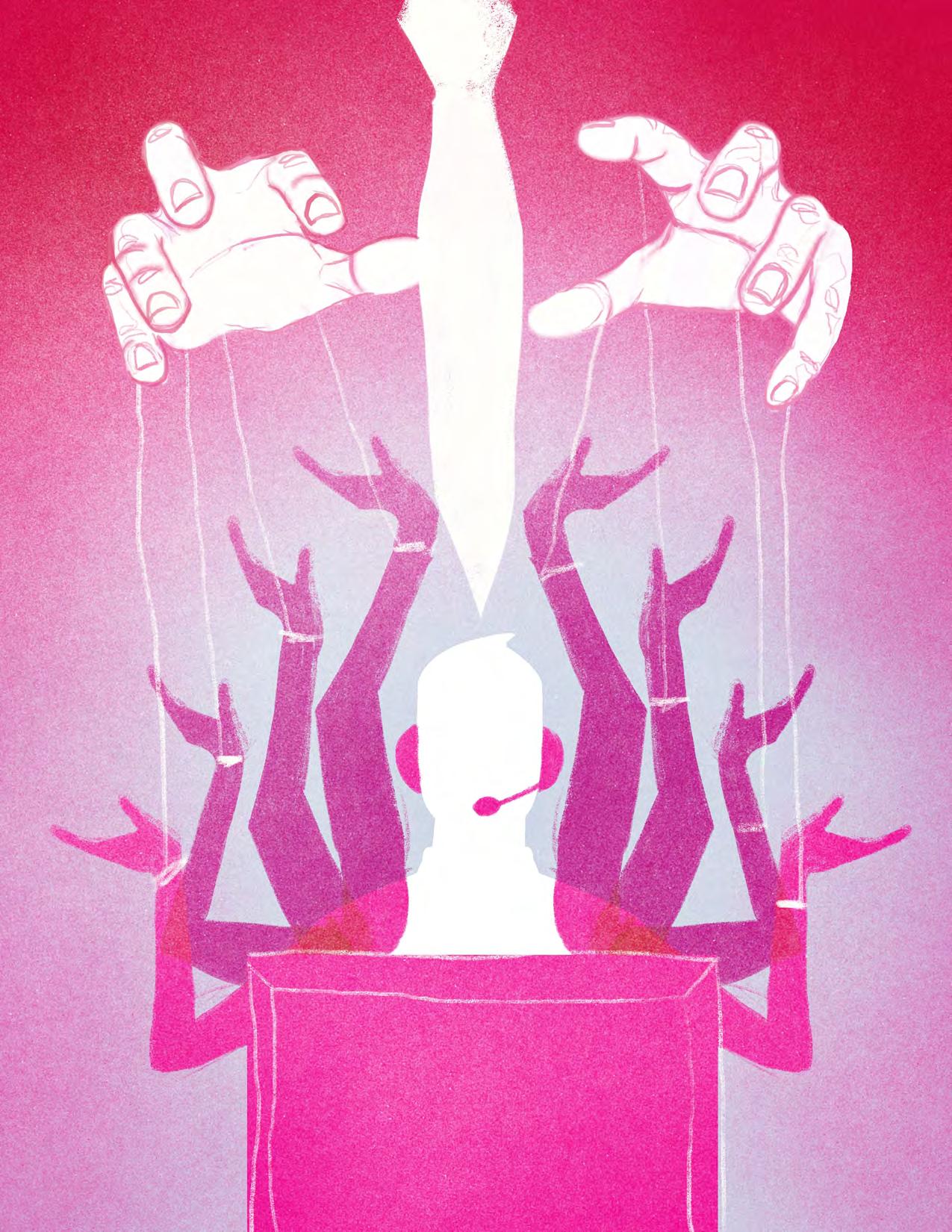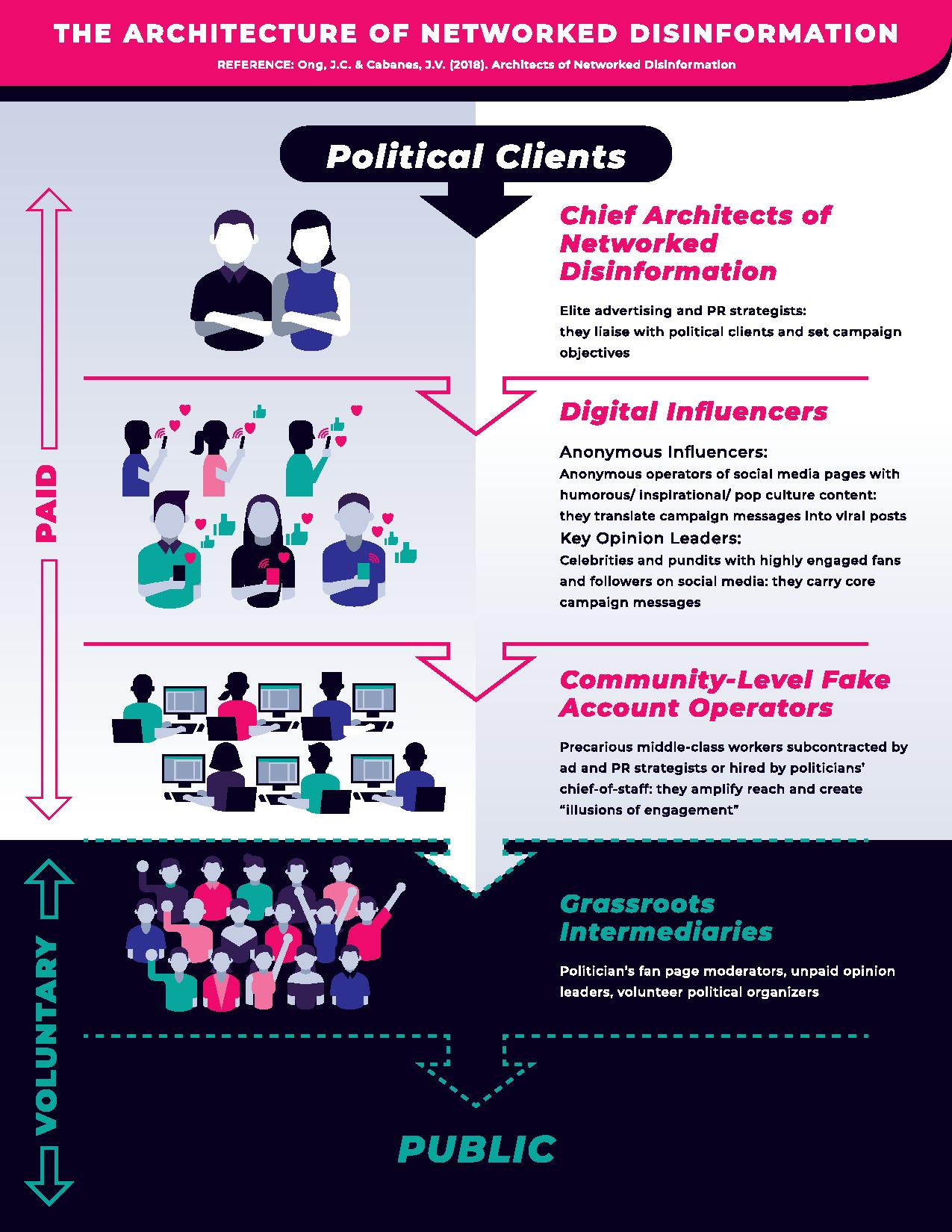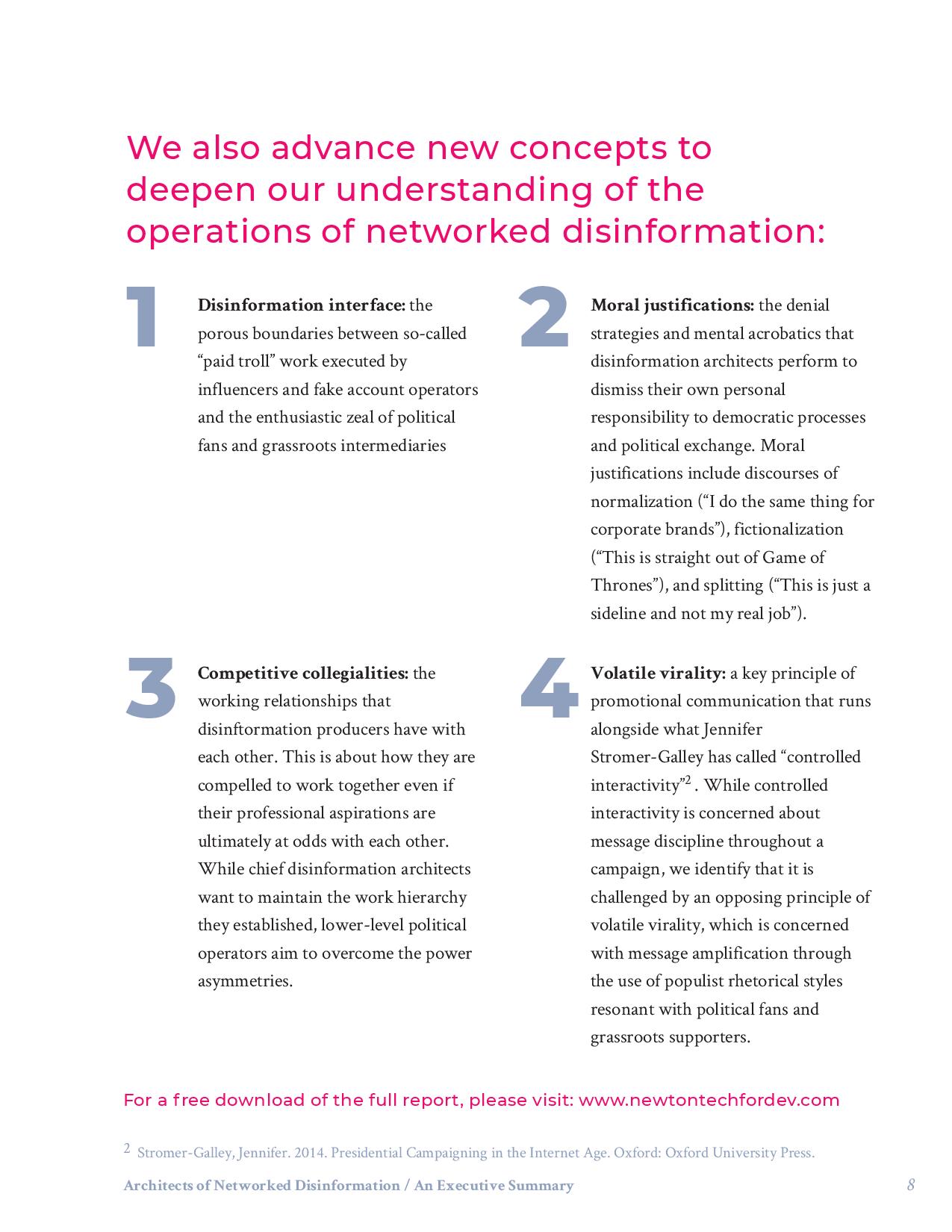I remember laughing at Mocha Uson.
Just the other day, our office was laughing the lunch hour away courtesy of the woman’s latest broadcasting blunder. It was that video where she couldn’t decide exactly how cold her surroundings were, you know the one. As the laughter died down, one of my co-workers voiced out a conspiracy theory about Uson.
See, that co-worker of mine and the Assistant Secretary for the Philippine Communications Operations Office (PCOO) graduated from the same university. Getting into said university was no joke. Getting into Uson’s particular course, Bachelor of Science in Medical Technology was much less of a joke. The course had a quota so it took a certain amount of intelligence to get into. So, word around their alma mater was that Uson isn’t as vague as she pretends to be, that her blundering, facepalm-worthy moments of inadequacy are all an act. She’s just playing a part, playing us. Because it takes some effort to be that daft, you know. It takes a certain amount of skill to be so deliberately obtuse you mistake Mayon to be in a completely different province. You don’t just get to that point. You have to work your way there.
A recently released study by two Filipino scholars from the University of Massachusetts (UMass) and University of Leeds (UL) suggests that this conspiracy theory might hold some weight. In this study titled Architects of Networked Disinformation, co-authors Dr. Jonathan Corpus Ong (associate professor in Global Digital Media at UMass) and Jason Vincent Cabanes (Lecturer in International Communication at the School of Media and Communication in UL) try to pinpoint who really is the orchestrator of the fake news campaign running rampant in the country today. They also explore the motivations of the hands behind the misinformation, the system behind, and the possible solutions to get rid of it.
So Who’s to Blame?
It’s easy to point the finger at her. It’s easy to label Sass, Thinking Pinoy, and all these other infamous accounts pestering our feeds as the root and cause of all evil and be done with it. But even if you take these hotshot “digital journalists” out of the equation, you won’t be solving the problem. They’d just be replaced by someone else because these digital influencers? They’re just the puppets.
That’s the first thing Ong and Cabañes’ study points out. It doesn’t begin or end with one Mocha. It starts with the elite.
The elite of the advertising and the PR world, they’re the ones pulling the strings. The study writes, “Stemming from the Philippines’ image-based political system, the chief architects of networked disinformation come from the advertising and PR industry, whose mastery in corporate marketing hyperextends to an unregulated and highly profitable industry of digital political campaigning.
Conveniently hidden behind the smokescreen of prominent social media influencers who fan the flames of political divisiveness and stoke the public’s moral panics about trolling, ad and PR executives assemble their own teams of anonymous digital influencers and community-level fake account operators.”
So what happens is this: Political clients hire an advertising or PR executive to win the election. Executive creates a plan or as we call it, a campaign. The executive then hires digital influencers with compromised morals to do the legwork. It’s all summed up in this pretty infographic.
Why do it, though?
We wonder why do they do this, especially for the well-paid respectable ad and PR executives? What do they get out of it aside from financial gain? How do they live with themselves while doing it? Through some interviews, Ong and Cabañes were able to get some answers.
The motivation? It varies. For some of the influencers, it’s exclusively and significantly about the money. For others, they’re also in it because the core message of the political client aligns with their beliefs. Others still are in it for the satisfaction of doing “edgy” work. (Whatever that accounts for these days.)
Most of the chief architects are doing it because they’ve been disillusioned by the corruption they’ve seen first-hand in the creative industry. It’s a sort of taking matters into your own hands kind of thinking. A logic that runs along the lines of “if you can’t beat them, join them.”
Personally, I think it’s messed up and naïve to believe that you could right a wrong with another wrong.
How does the network…work?
Those aggravating posts you see? They’re not at all as random or as sincere as you take them to be. There is rhyme and reason behind them and that’s what the research authors call the “network of misinformation”. This network has the execs as the chief architects, the minds who plan these content to be released at a specific time with a specific purpose. Generally, that purpose is to validate your thoughts, to speak your language, to agree with you, and eventually to have you agree with them.
“Tasked to translate core campaign messages, these anonymous influencers and fake account operators weaponize their fluency with the popular vernacular in covert digital operations designed to mobilize populist public sentiment…networked disinformation involves many moral compromises: from seeding revisionist history narratives to silencing political opponents to hijacking news media attention through artificially trending hashtags.”
And it works. The same way those Jollibee commercials worked. The same way that Ariel jingle stayed with you.
But it doesn’t end there. Oh no. They also use “signal scrambling” and “black ops” to mess with ratings. This can control what your feed feeds you.
What’s the solution?
How do you solve this problem? The study emphasizes that there is no one-size-fits-all solution to this systemic issue. But, the research authors do cite several good starting points.
- Advertising and PR industry self-regulation
- Political campaign finance regulation
- News media coverage and investigative reportage of fake news and trolling
- Platform intermediary regulation responding to particular concerns of fragile democracies in the global South
There you have it, ladies and gentlemen. The world is screwed, and we’re the ones royally screwing it. You can download the entirety of the study from this site, www.newtontechfordev.com. Good day!
Photos courtesy of The Newton Tech4Dev Network, and Inquirer.net















































